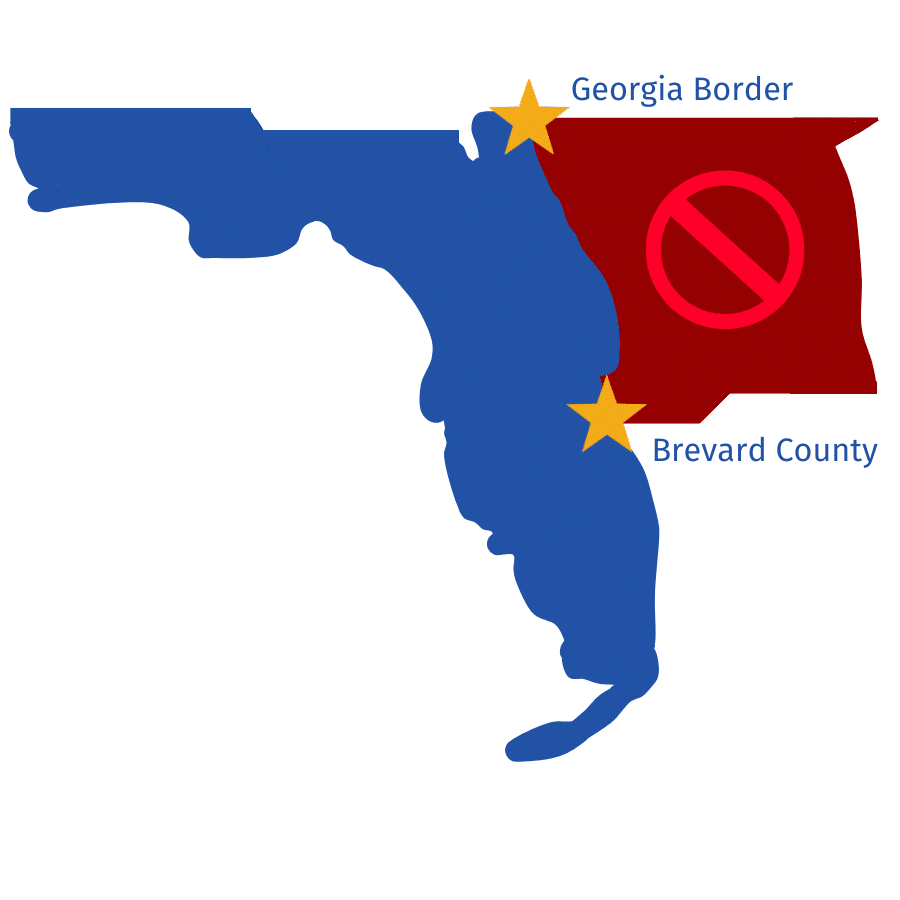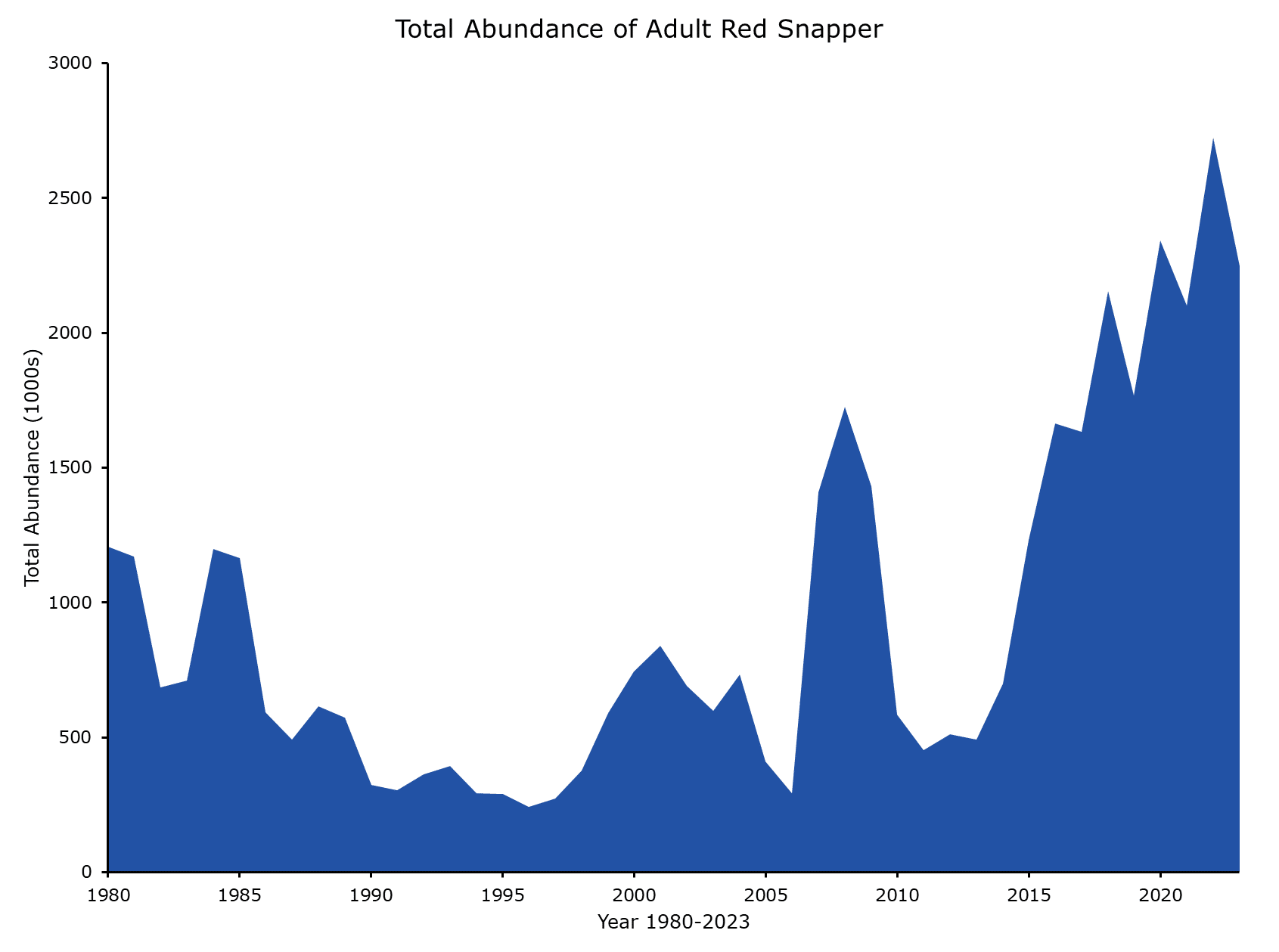Alexandria, VA – June 9, 2025 – The National Oceanic and Atmospheric Administration (NOAA) Fisheries withdrew the proposed bottomfishing closure from Amendment 59 to the Fishery Management Plan for the Snapper-Grouper Fishery of the South Atlantic. While much work remains to set South Atlantic red snapper management on a path to sensible management, the sportfishing industry appreciates the decision by NOAA and looks forward to working closely with the Administration and Congress to improve data collection and expand recreational access for South Atlantic reef fisheries.

Map of the proposed bottomfishing closure area.
Amendment 59, introduced in January of this year, proposed a 3-month bottom fishing closure for 55 species of reef fish in Northeast Florida each year. Comprising federal waters from the Florida/Georgia border to Southern Brevard County, the closure would have had devastating impacts on the sportfishing industry and coastal communities that rely on angling tourism dollars.
"We are encouraged to see NOAA reconsider and withdraw the flawed bottom fishing closure," said Martha Guyas, Southeast Fisheries Policy Director for ASA. "With more than 5 million anglers taking to the water each year in our state, recreational fishing contributes $11.1 billion to the Florida economy and supports more than 70,000 jobs. This haphazard proposal would have gutted the industry without any sound scientific justification."
NOAA Fisheries prepared the proposed Secretarial Amendment as part of a legal agreement that requires the agency to take action to end overfishing of red snapper in the South Atlantic. This settlement was based on notoriously unreliable data collected by NOAA under the Marine Recreational Information Program – Fishing Estimate Survey (MRIP-FES). A recent study by NOAA Fisheries on MRIP-FES revealed that the program's estimates may be off by as much as 30-40%.
Additionally, both anglers and NOAA's scientists agree that there are more red snapper in the South Atlantic than at any time in recent memory. Sacrifices made by recreational anglers and the sportfishing industry to rebuild the fishery nearly 20 years ahead of schedule should be rewarded with expanded opportunities rather than unnecessary, heavy-handed closures. As such, removing the overfished and undergoing overfishing designation for South Atlantic red snapper, as stated in Amendment 59, was warranted even without a fishing closure that would have sidelined anglers.

Total abundance of adult red snapper since 1980.
The devastating impacts of this closure would have been felt far beyond the restricted area. Manufacturers and retailers across the country depend on access to the recreational fishing market in Florida. ASA led a joint letter earlier this year in which 76 members of the recreational fishing industry from dozens of states expressed their opposition to the area closures included in the Amendment. NOAA also received more than 600 public comments during a months-long comment period – the majority of which were opposed to the proposal.
Moving forward, continued efforts to improve data collection and management are necessary to assist in providing more reasonable access. The South Atlantic Great Red Snapper Count is underway and is expected to be completed later this summer. Additionally, Florida, Georgia and South Carolina recently sent a letter to the Trump Administration formally requesting to jumpstart state management of Atlantic red snapper and other reef fish. As we've seen in the Gulf, states can effectively lead management while balancing conservation and access to fishery resources. Unfortunately, Amendment 59 still maintains an unacceptably short recreational season of just two days for 2025 – July 11 and 12.
ASA thanks the hundreds of elected officials, anglers and industry partners who joined our opposition to the South Atlantic bottom fishing closure. We'd also like to specifically acknowledge Senator Rick Scott (R-FL) and Representatives John Rutherford (R-FL) and Darren Soto (D-FL) for introducing the bipartisan Red Snapper Act, which would prohibit any area closures related to red snapper until the Great Red Snapper Count is completed and taken into account. Lastly, we want to extend our appreciation to Assistant Administrator for NOAA Fisheries, Eugenio Piñeiro Soler, for his leadership and level-headed approach to finalizing this Amendment.
Share This Article, Choose Your Platform:
Recent Posts



